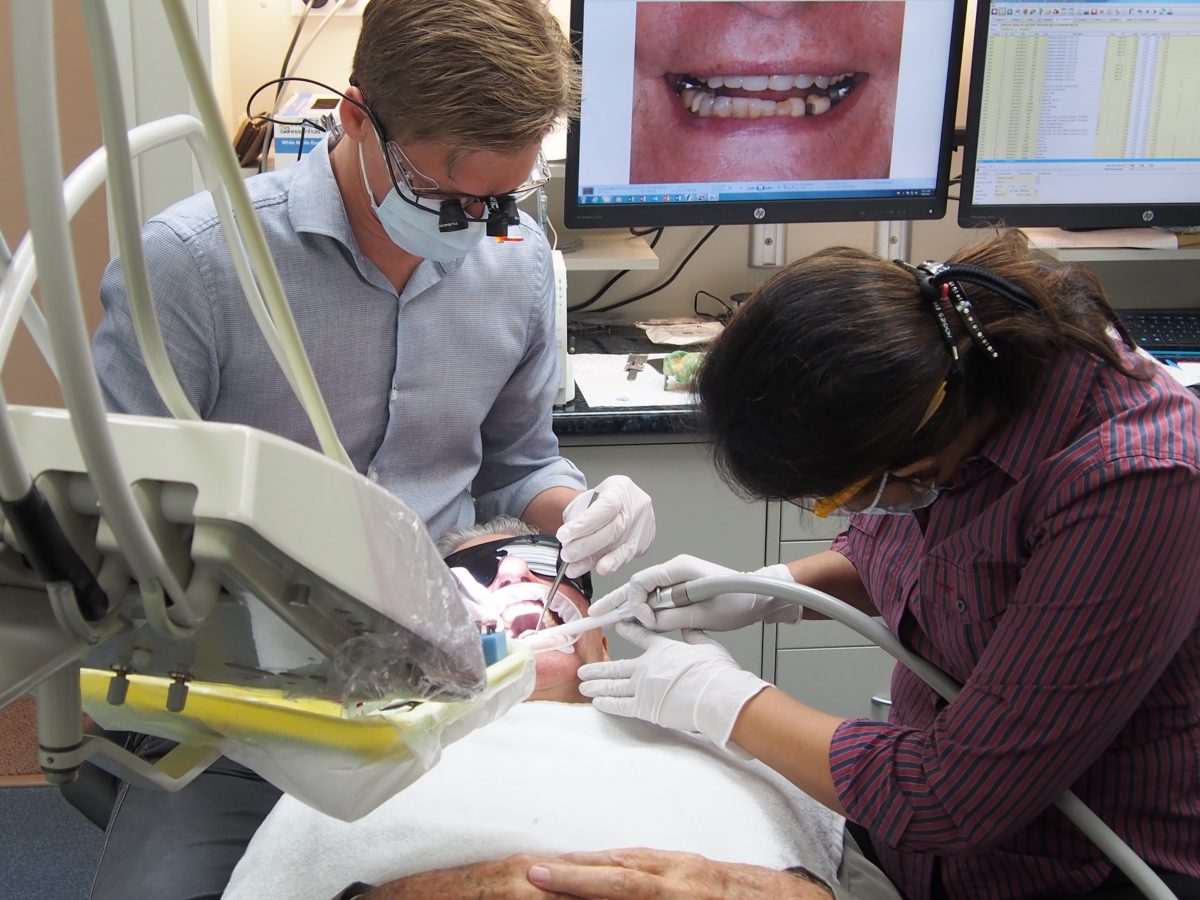Heisenberg said,
"The more precisely the position of some particle is determined, the less precisely its momentum can be known, and vice versa."
I have already made a slight error. Although Werner Heisenberg did indeed make the above statement with regard to quantum mechanics, what I really want to talk about is the observer effect.
It is not possible to make measurements of a system without affecting the system.
Which is why we will never know what your dentistry would look like if you photographed it. Because the moment you start photographing your work, it will change.
It is common for us to think our work is pretty good. We see this a lot on forums. People who are heavily critical of the way work was done, the way it was planned, and the approach taken, are usually those that do not post any of their own work. Perhaps they photograph their work and don't show it. Or perhaps they don't photograph it at all. Ever. But just know that their own work is excellent.
We will never know.
One thing is for sure though, if you show photos of your work, it is not representative of the work you do when you aren't photographing.
The observer effect kicks in. There is some part of our brain that subconsciously double checks what we are doing before it is recorded forever in an image.
Then the peer effect adds to it. If we know it's going to be published, we will look at our work the way others will look at it. Hmmm, that prep looks a bit rough there. That impressions isn't really good enough is it. And so on.
So every time you photograph a case, it is not the same as the others. Unless you photograph them all.
Beyond that, photo-documentation does two important things. It teaches you to see. And it shows you all the flaws in your work.
Our eyes work in a tunnel vision method. We really focus only on what is right in front of our eyes. To see anything else, we have to move our head, or our eyes and "look" at the other thing.
A photograph on the other hand shows us not only the object of our interest, but all the periphery that we were previously ignoring. We can easily ignore calculus on the margin of our cavity because we are looking so hard at the cavity.
We can ignore flash on composite because we are looking at the marginal ridge.
However photos will bring all these flaws to our attention. And over time, it will teach us to see. To see the flaws and details as we are doing the case, not after when we review the photos. To see the details that others point out online, while we are doing the impression.
Photos teach us to see
Of course, no one goes from zero to full photography in a single day. You start with your fancy once-a-month cases. Then you slowly work to your once a week cases. And eventually it becomes part of your life and it becomes almost every case. And at that point, there is no difference between your normal work, and your "observed work".
At this point, there is no Heisenberg left in your dentistry.
** Disclaimer, I do not yet photograph every single case. I'm still working on it.






